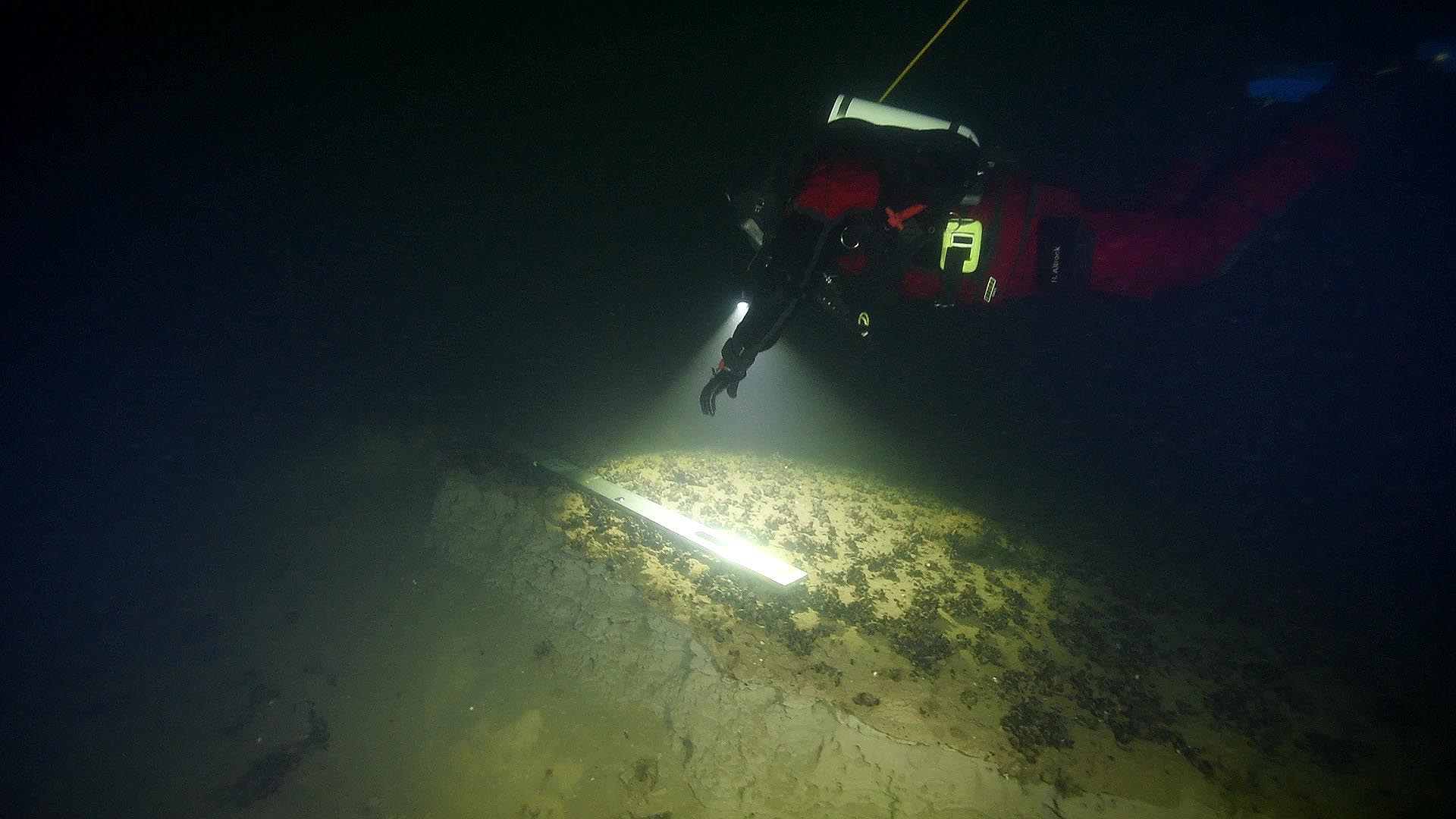
Terraces of clay from the Ice Age have recently been discovered at the bottom of the Baltic Sea. Now scientists are investigating whether they were formed through groundwater seepage.
“We’ve studied terraces in the Stockholm and Blekinge archipelagos and on the Finnish coast, too. Our hypothesis is that they are linked to the water cycle in the Baltic Sea,” says Martin Jakobsson, professor of marine geology and geophysics at Stockholm University.
On behalf of the Swedish Radiation Safety Authority, Stockholm University will clarify the linkages between water on land and in the sea. How does it flow into the sea? Clean groundwater flowing into the Baltic Sea is no cause for concern – quite the opposite. But if environmental toxins, nutrients – and in the worst case, radioactive substances – leach out, it’s bad news. That’s why the researchers have been given the task of clarifying where the groundwater flows.
“The clay that the terraces were formed in was deposited when the ice receded, so it is quite possible that these terraces can be found along the entire coast. Now, over the course of six months, we’re measuring the salinity and temperature at some of the terraces in Stockholm’s southern archipelago,” Jakobsson says.
The maritime archaeologists at the Museum of Wrecks have documented the underwater terraces. The photographs will be turned into 3D models that will be scaled up so the researchers can get a detailed picture of what they look like. The 3D models also served as input for determining where the measurement instruments for salinity and temperature were placed. These, together with other studies, will soon hopefully provide the Swedish Radiation Safety Authority with knowledge about how dangerous substances can spread in the Baltic Sea.